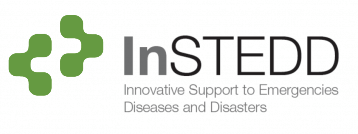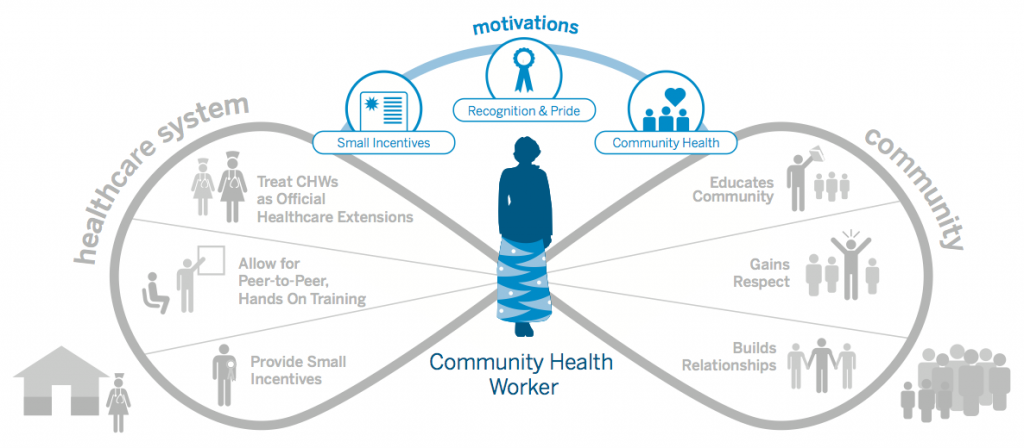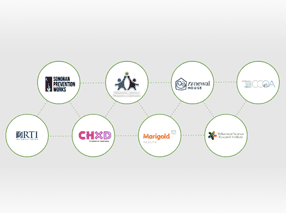“A good health system delivers quality services to all people, when and where they need them. The exact configuration of services varies from country to country, but in all cases requires a robust financing mechanism; a well-trained and adequately paid workforce; reliable information on which to base decisions and policies; well maintained facilities and logistics to deliver quality medicines and technologies.”
– World Health Organization, 2012
For the world’s poorest countries, scarcity of human resources for Health is a crisis fueled by social, economic and political unrest, migration of qualified workers to richer countries, and inadequate investment in national health systems. Meanwhile, emerging Global Health donor agencies place increasingly high demands on already fragile Health systems. To unknot this dilemma of more demand by funders and less human resources to support service delivery, there is growing momentum in Global Health policy circles to support the use of mobile technologies by Community Health Workers (CHW).
Community Health Workers (CHW) As A Bridge
CHWs provide a bridge between communities and the formal health system (e.g, village health outposts, health centers, polyclinics and hospitals, and central authorities such as the Ministry of Health). Both the research and our experience at InSTEDD tells us that mobile technologies for training and empowerment of CHWs can have a transformative impact on Public Health through cost effective approaches to improving population coverage, productivity and quality of health services in resource limited settings.
image credit: UNICEF Frog Design Project Mwana, 2011
There is mounting evidence to suggest pathways where handheld mobile tools can be used by CHW to improve a variety of health issues, including:
- antenatal attendance rates
- vaccination coverage
- screening for diseases in children
- promotion of safe pregnancies and births
- providing effective risk communication to contain disease outbreaks
- ensuring the best possible outcomes for people with chronic diseases
CHWs represent a reservoir of civic infrastructure that can support Health Systems to provide a high quality of care for a much lower cost as compared to traditional approaches. As with any opportunity, it is accompanied by risks. In the case of the CHW, they are often inadequately valued, trained, supported and empowered, which can possibly compromise the quality of health service delivery.
Rwandan Leadership in e/mHealth for CHWs
A recently published experience from Musanze, Rwanda is particularly noteworthy. Musanze is the most mountainous district in Rwanda located approximately 85 Km (53 miles) north of Kigali. A Rapid SMS – Maternal Child Health (MCH) system was used to overcome barriers to access of quality maternal and child health services. Over the course of the 11-month study, CHWs reported being more proactive in finding new pregnant women and following up with registered pregnant women as a result of reminders forwarded to their mobile phones. The error rate (the number of SMS sent with formatting errors) dropped from 54% in the first four months to 8% by the end of the eleventh month.
We find this example particularly exciting because of the strong policy environment that drives implementation of healthcare practices supported by electronic processes and communication projects in Rwanda. A standardized approach to the delivery of health services in all districts and coherent implementation of policy ensures harmonization of national mobile health (mHealth) projects—in striking contrast to general mHealth practices observed elsewhere. The excellent leadership of Dr. Richard Gakuba, the Director of eHealth of Rwanda’s Ministry of Health, has made Rwanda a place where other countries interested in scale of sustainable intergraded mHealth solutions to empower CHWs should be looking for best practices. Here is avideo of Dr. Richard Gakuba describing how he sees information technology as a valuable tool to help overcome the challenges to healthcare systems.
The Importance of ‘Conway’s Law’
As articulated by Melvin Conway in 1968, “organizations which design systems … are constrained to produce designs which are copies of the communication structures of these organizations”. This observation, often referred to a Conway’s law, is based on the reasoning that in order for two separate systems to effectively integrate, the designers and implementers of each system need to communicate with each other. Consequently, the interface structure of a software system will reflect how well the creators communicated.
To exemplify how crucial alignment of communications structures are in effective deployment of technologies, consider NASA’s infamous Mars Climate Orbiter crash. Two teams were collaborating using two different systems of measurement – one team used the US system (inches, feet and pounds) while the other team used the Metric System (centimeters, meters and kilos). Ensuring that these measurements were aligned was essential for properly placing the spacecraft into the orbit of Mars. “People sometimes make errors,” said Dr. Edward Weiler, NASA’s Associate Administrator for Space Science. “The problem here was not the error, it was the failure of NASA’s systems engineering, and the checks and balances in our processes to detect the error.” The failure to recognize and correct the error in a transfer of information between the Mars Climate Orbiter spacecraft teams led to the loss of the spacecraft.
Reflecting the importance of Conway’s Law, the Rwanda MoH, provides a clear example of an enlightened e-Health policy environment that ensures harmonization of communication structures capable of prioritizing interoperable, flexible and innovative health information systems.
Taking an Architectural and Human-Centered Approach
At InSTEDD we take an architectural and human-centered approach to the design and development of technologies. In order to create and apply technologies that are both useful and usable, we work directly with the users to design mobile technology applications. By combining an understanding of the requirements of the various communication structures involved in delivery of services with agile methods we produce scalable open source tools highly relevant to the contexts to which they are applied.
In our blog post next week, we will describe examples of how InSTEDD tools are used to specifically support CHWs in low resource environments.








